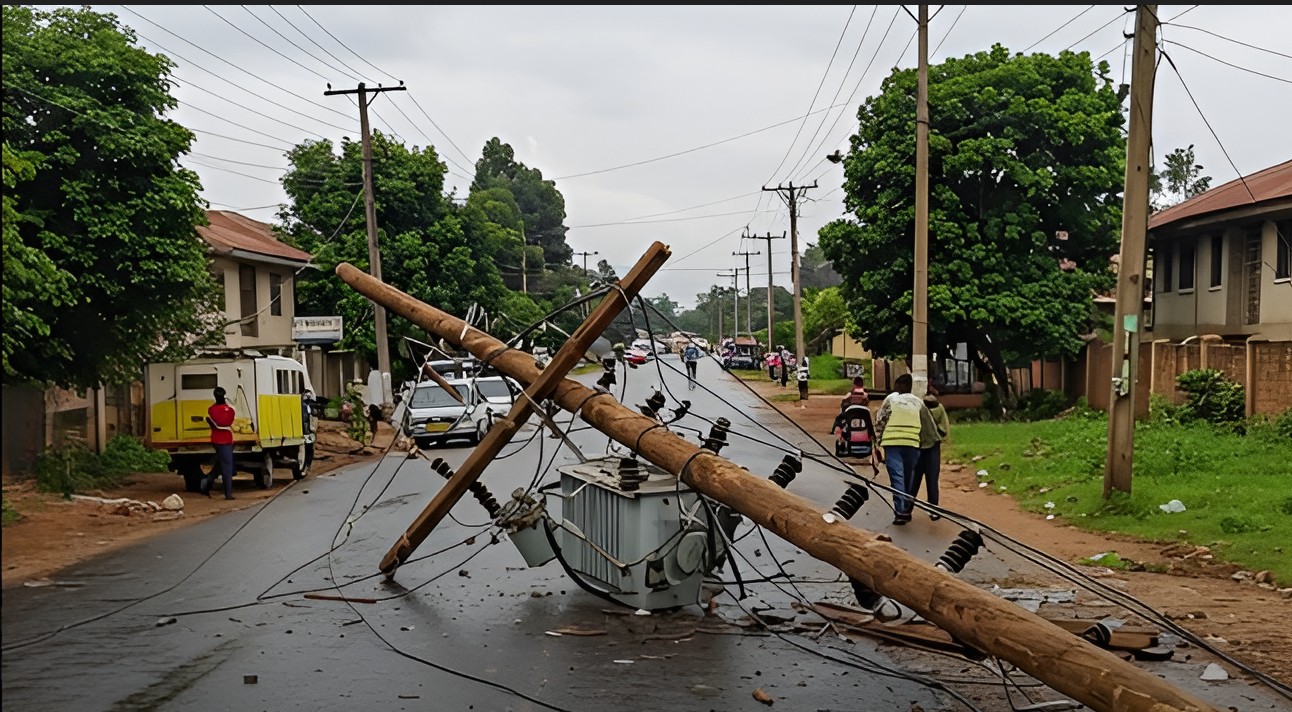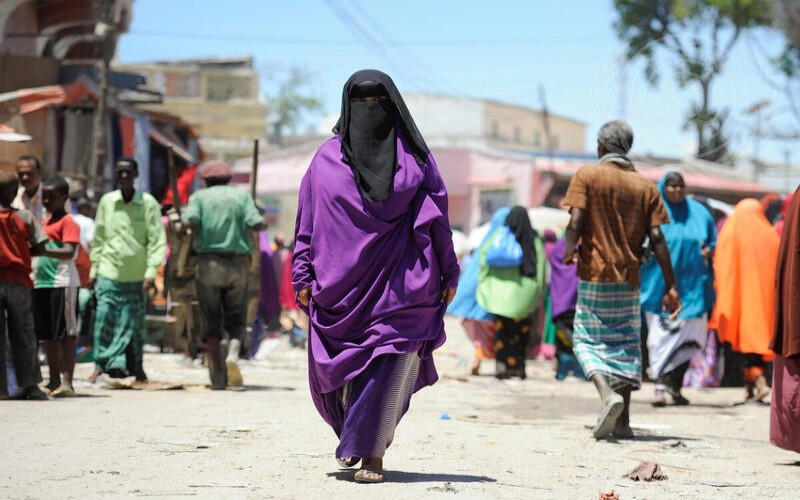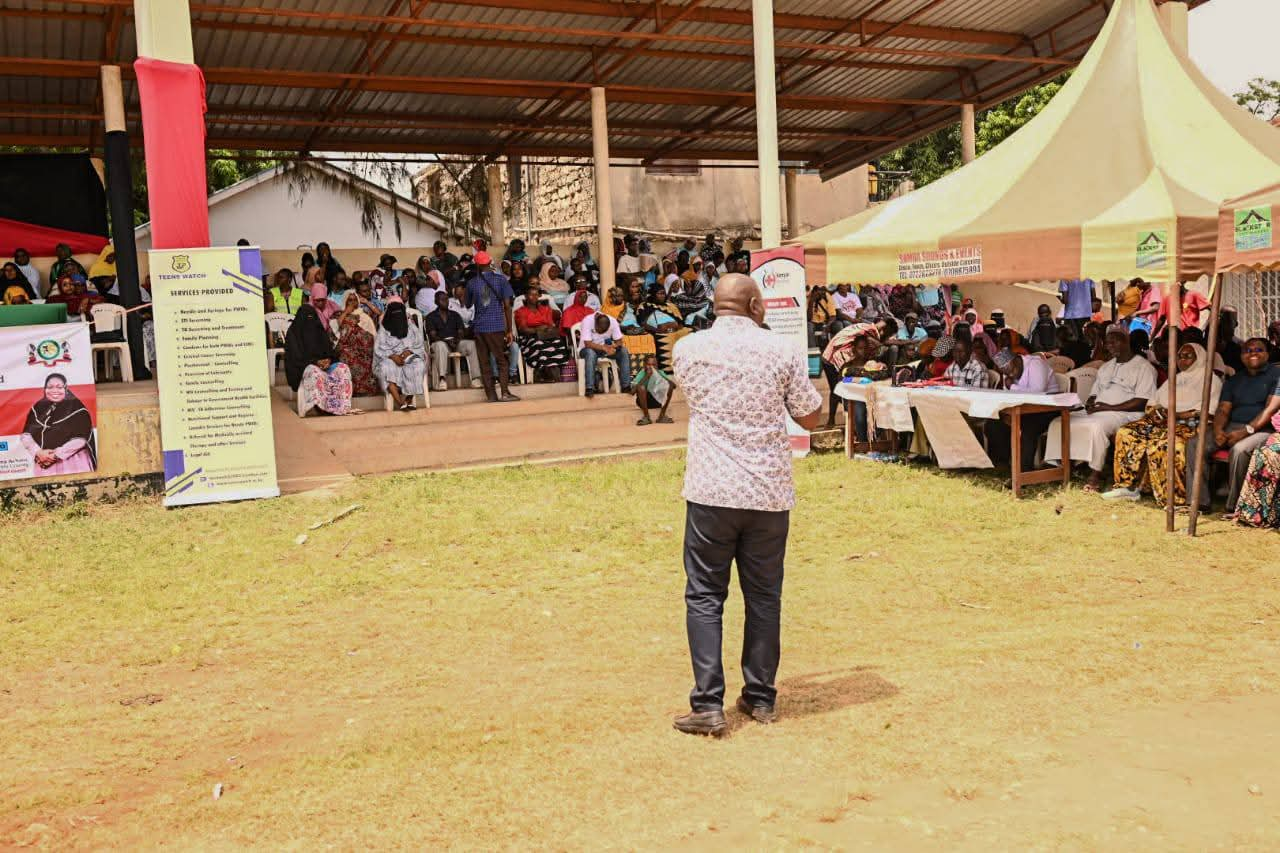Unmasking the hidden dangers of homemade skin bleaching creams
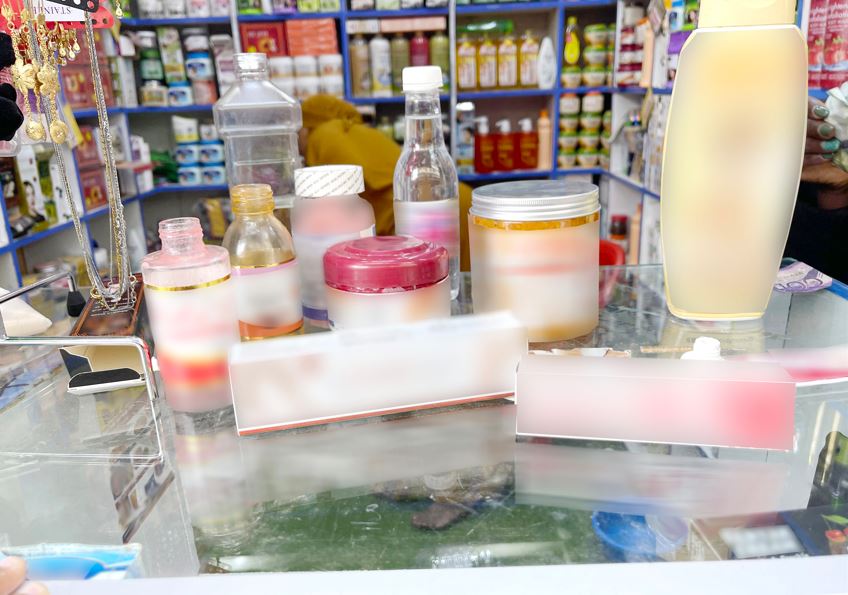
Most sellers of mkorogo have little knowledge about its potential side effects, focusing solely on the visible results.
For centuries, women have been using various types of beauty products, one of them being skin-lightening bleaches. And while these enhance their beauty, some come with health risks.
In Kenya, women often use various mixtures of steroids and bleaching products, popularly known as mkorogo or kaskas.
More To Read
- Study finds over half of skin-lightening creams contain unsafe mercury levels
- From alcohol to fragrance: Six lotion ingredients that could be harming your skin
- Ultimate guide to selecting the perfect scented candle for your home
- SMEs warn soaring prices of raw materials, costly licences threaten survival
- How to layer beauty products - and why skincare needs more than 10 minutes
- How harmful skin lightening creams are affecting Kenyans
But mkorogo has been widely misunderstood. It is not just a simple bleaching agent, rather, it involves mixing various lightening agents through trial and error.
Most sellers of mkorogo have little knowledge about its potential side effects, focusing solely on the visible results.
Zuhura, not her real name, grew up feeling deeply insecure about her dark skin and pimples, especially since her siblings had lighter, flawless skin.
"People would often ask why I was so dark whereas my sisters and mother were light-skinned. Some even said I didn’t belong in the family, which made me feel incredibly insecure," she told The Eastleigh Voice.
Zuhura revealed that her mother had been using mkorogo for years, and as her sisters came of age, they also started using it.
"At family gatherings, my aunts would praise my sisters' beauty, but no one ever complimented me. So I decided to use mkorogo to fit in," she said.
True to its reputation, Zuhura's skin began to glow, her pimples vanished, and she received compliments on her newfound beauty.
But using the mostly homemade bleaching creams comes with a cost. Once a woman stops using mkorogo, its negative side effects become apparent.
"I've seen women who stopped using it and the side effects they experienced. For fear of looking ugly again, I continue using it," Zuhura said.
Halima Adan, who used to sell kaskas, said that many women are insecure about their skin because many men prefer lighter-skinned girls.
"Most women don't know what they're using; they just focus on the results," she said.
Kaskas is a mixture of various oils and creams.
"The more people use the product, the lighter they become. Clients prefer faster results, so we experiment," Halima explained.
Side effects
Halima soon noticed the alarming side effects kaskas and she stopped selling the product.
"The skin of women who were using the products I sold to them started turning pink and they complained about being unable to cook or stay near heat. Many couldn’t walk in the sun," she said.
After abandoning the bleaching creams business, Halima started selling spices in Eastleigh.
"I sold it for almost two years and made good money but felt bad about it. As a result, I stopped selling mkorogo. Now I feel relieved and happy," she said.
In some cultures, dark-skinned women and those with pimple marks and stretch marks often face ridicule.
Traditionally, women used natural remedies like turmeric and qasil powder to lighten their skin and remove dark spots. Over time, however, they have turned to more aggressive bleaching methods.
"Clients wanted visible changes within three days, so we mixed different oils and experimented until they got the results they wanted," Halima said.
Many women complained of irritation, redness, and visible green veins, but sellers were unaware of the potential long-term side effects and continued making the creams.
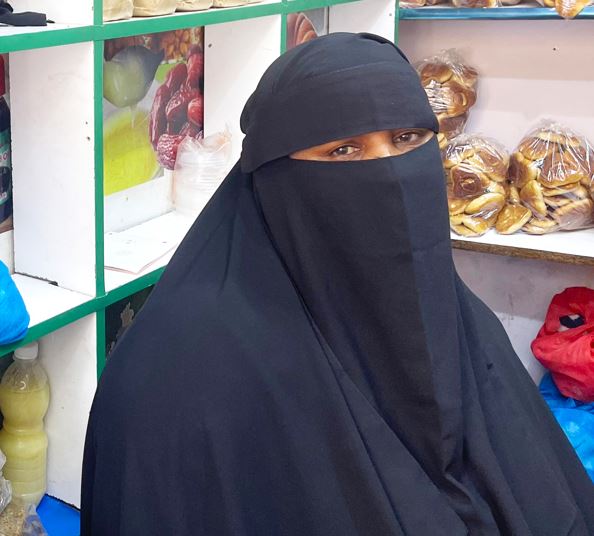 Halima Hassan. She used to sell kaskas for about two years. (Photo: EV)
Halima Hassan. She used to sell kaskas for about two years. (Photo: EV)
Alice Waweru, a clinical officer specialising in dermatology and radiology in Nairobi, told The Eastleigh Voice that body bleaching occurs when people use products with molecules that destroy melanin, with steroids being the most commonly used.
"I've noticed that when people discover a particular steroid bleaches the skin, coupled with social media pressure and trends, many turn them into cosmetic creams through word of mouth and referrals," said Waweru.
“Many of my clients mention that steroids are often put in lotions, along with molecules like hydroquinone. Some even use crude methods, like sodium hydrochloride.”
Waweru explained that prolonged use of steroids leads to skin thinning or atrophy, which may cause veins to turn green and the skin to turn pink under the sun.
"Skin thinning is the most common side effect, along with abnormal stretch marks. Prolonged steroid use can lead to organ failure,” she said.
Kidney failure is a common side effect of skin bleaching.
"The skin is the largest organ; without it, all other organs cannot survive. Using bleaches has the potential to lead to skin failure," said Waweru.
Once the skin is affected and becomes too thin, it cannot withstand UV rays from the sun.
"We are witnessing a rise in skin cancer due to bleaching. The side effects are not easy to stop or reverse because the skin becomes dependent on the steroids," she added.
Waweru stressed the importance of addressing the psychological issues that lead individuals to feel insecure about their skin.
"When treating my patients, I start by addressing the psychological issues that make them feel like they are not beautiful in their skin. I refer them to psychologists to help them deal with the stigma," she said.
She noted that breaking the dependency on bleaching products is difficult, with only a 50 per cent chance of reversal, which is easier among those who have not used the products for long.
"There are alternatives that can make the skin look beautiful without bleaching. We recommend products that do not contain any steroids."
She said people should be happy with their natural skin as it is suited to their environment and protects them against dangerous side effects like organ failure, skin cancer, and damage to other organs.
The widespread use of mkorogo, kaskas, and similar products highlights a pressing need to create more awareness about the dangers of skin bleaching. Embracing natural beauty and understanding the potential health risks associated with these practices can help individuals make more informed choices.
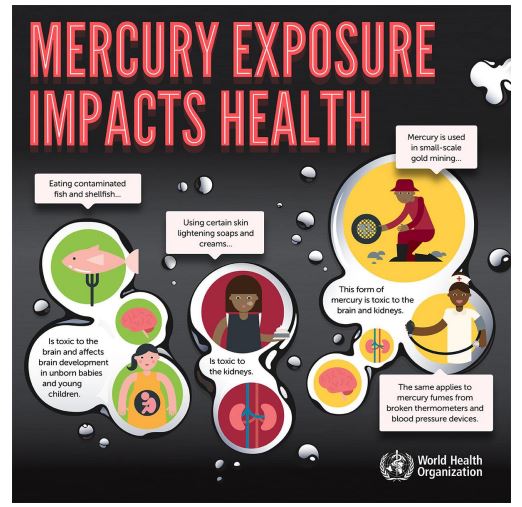
Collaboration between health professionals, community leaders, and the media can play a significant role in shifting societal norms and promoting healthier, more sustainable beauty practices.
The story of mkorogo reveals a deeper issue of societal pressure. It highlights the need for awareness and education about the dangers of such practices and the importance of embracing natural beauty.
Worrying statistics
According to a report by the integrated African Health Observatory (iAHO) in collaboration with the World Health Organisation (WHO), skin bleaching is widespread in Africa, and recent statistics highlight its significant prevalence and associated health risks.
A meta-analysis found that 27.1 per cent of people in Africa bleach their skin, with regular usage among women ranging from 25 per cent to 80 per cent in various African countries. Most use only one skin-lightening product at a time, but a notable 35.9 per cent reported using two or more products simultaneously.
Alarmingly, 61.7 per cent of users are unsure about the active ingredients in the products they use.
The use of skin-bleaching products is associated with numerous adverse health effects. These include dermatitis, steroid acne, skin discolouration, changes in skin thickness, inflammatory disorders, mercury poisoning, nephrotic syndrome, and exogenous ochronosis.
Systemic health risks include mercury poisoning, nephrotic syndrome, adrenal insufficiency, Cushing's syndrome, diabetes mellitus, osteonecrosis of the femoral head, and life-threatening postoperative adrenal crises.
In 2019, WHO declared skin bleaching a public health concern and banned products containing hydroquinone and harmful substances.
Top Stories Today





